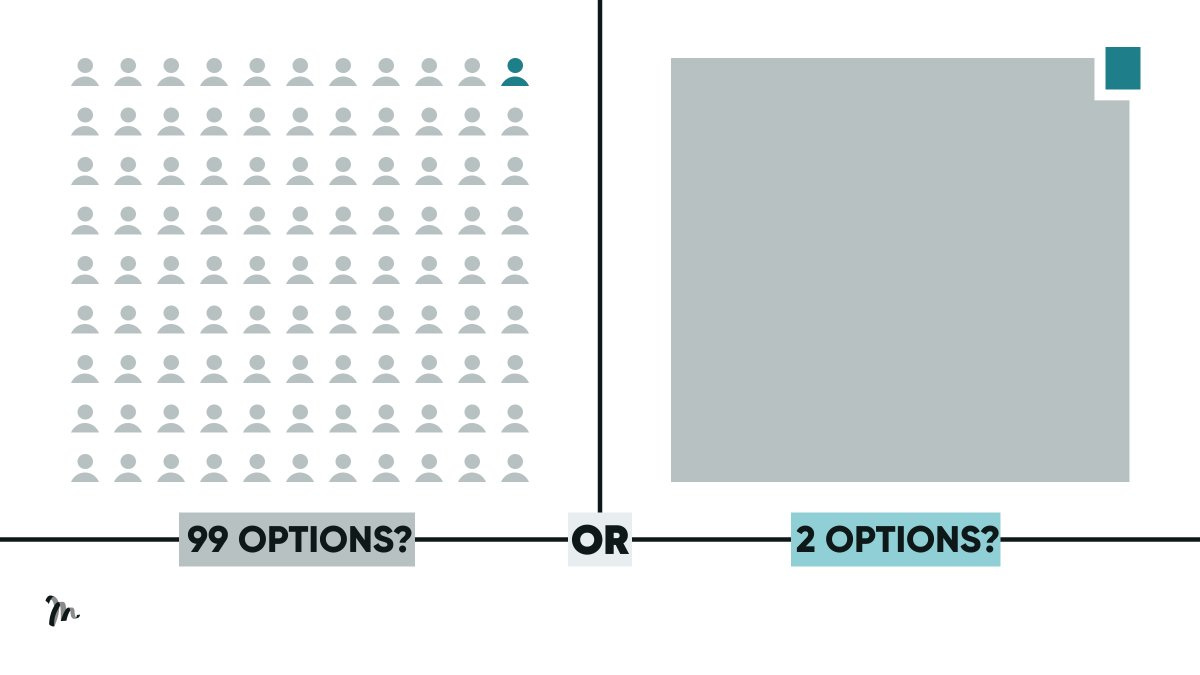Positioning perfection.
Let’s face it: you’re not the only option.
All of your audiences can pick other nonprofits.
Think about:
✔️ Media
✔️ Donors
✔️ Volunteers
✔️ Customers
✔️ Foundations
✔️ Corporations
✔️ NGO partners
✔️ Board members
✔️ Industry influencers
✔️ Government officials
✔️ And yes, even participants
Not to discourage you.
But you compete in some way for their time, fundraising, sales, MOUs, awards, speaker lists, influence, inbox attention, social media algorithms, and so on.
Even inaction is a competitor.
❌ Such as a donor spending $10 on a Starbucks latte instead of giving that money to you.
❌ Or a program officer getting distracted by TikTok rather than reading your grant application.
❌ Or a community member deciding to wait for another nonprofit intervention.
So you must position your brand.
↳ And position it well.
What is positioning?
The deliberate process by which your organization identifies its strengths and assesses gaps in the competitive landscape. Then chooses the way it will present itself to audiences and enter the marketplace.
Here’s how in 4 steps. Just find the overlap of:
1. What you're good at
2. What others aren't doing
3. What funders will support
4. What the community needs
Like this graphic.
That golden intersection is a potent, narrow gap in your audience’s mind.
Bold positioning is your brand’s backbone.
Find your gap, then leap with purpose.
💪🏽💛
“If you see a disconnect between how your happy customers think about your product and how prospects see it, you likely have a positioning problem,” says
.“Great positioning rarely comes by default. Deliberate, try, fail, test and try again.”
The Daily Bonus
More on positioning strategy from Liam Curley. ⤵
99 commodities are not 99 options
They're one option 99 times.
When you look the same as everyone else, we're overwhelmed by choice. So, we default to a simple decision-making metric.
Price.
Strong positioning turns 99 options into 2.



